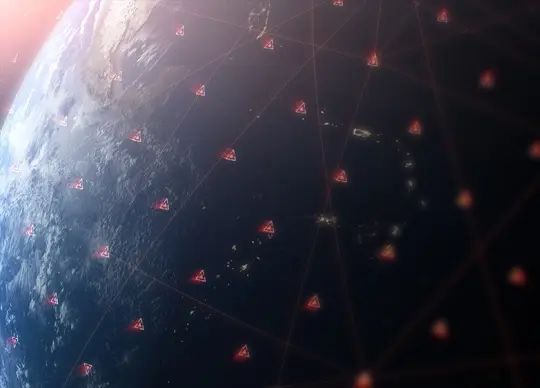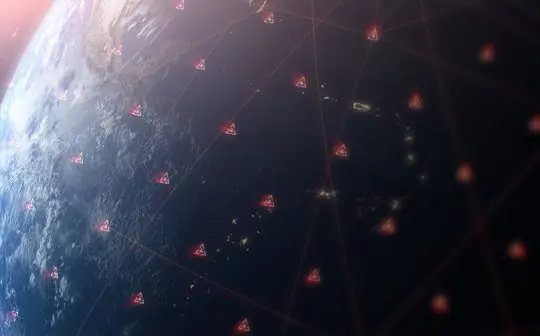
By Staff Writer.
Users of positioning and navigation services in Australia, New Zealand, and its maritime regions will benefit from a decision by both governments to boost funding for the Southern Hemisphere’s first satellite navigation augmentation service.
The awarding of an AU$1.18 billion, 19-year contract on Friday, September 16, to Lockheed Martin Australia, will see positioning accuracy in the region improve from five to ten metres to as little as ten centimetres – a 50-fold improvement.
Known as the Southern Positioning Augmentation System (SouthPAN), the project will use reference stations, telecommunications infrastructure, computing centres, signal generators, and satellites to pinpoint a user’s location.
Minister for Resources and Northern Australia Madeleine King said a broad range of industries and users, from mining companies to the Royal Flying Doctor Service to individuals trying to navigate Australia’s cities, would receive an estimated AU$6 billion in benefits from SouthPAN over the next three decades.
“SouthPAN will provide instant, accurate and reliable positioning to users across all of Australia and New Zealand’s land and maritime zones without the need for a mobile phone signal or internet,” the minister said.
Lockheed Martin said they will work with the SouthPAN project team to establish a network of Global Navigation Satellite System (GNSS) reference stations and satellite uplink facilities. That infrastructure will then enable communications and transmissions with the SouthPAN space system.
Those ground stations will monitor signals broadcast by the GNSS satellites and will compare the station’s known location with the position data from the satellites.
Working as a series of steps, the GNSS will send data and measurement information to a central processing facility. There, error corrections and status information from the satellites will be translated into a series of messages. Those messages will go to an uplink station. From there, the data will go to a geostationary satellite, before being re-broadcast as an augmentation of the GNSS satellites to the user on the ground.
“Space is among our fastest growing areas, and our local technical team will play an important role in delivering the benefits of SouthPAN capability to service many sectors including aviation, agriculture, transport, mining, and other industries,” said David Ball, ANZ Regional Director of Space for Lockheed Martin.
SouthPAN will be the first satellite-based augmentation system in the Southern Hemisphere. A test-bed project has been underway since 2018 which assessed SouthPAN’s estimated benefits across the agriculture, aviation, construction, consumer, resources, road, rail, maritime, mining, and utility sectors. Ernest & Young went on to produce a cost-benefit analysis that is behind the purported AUD6 billion in benefits.
Government figures say that figure may be a conservative estimate given that it measures presently discernible benefits. Backers of SouthPAN say the more accurate positioning system will pave the way for new products and services in the future currently not accounted for that will ultimately boost SouthPAN’s economic returns.
“We are working hard to ensure users can access the SouthPAN service as soon as possible. The coming weeks will see the release of our first precise, open-access positioning services,” said Minister King.
“The SouthPAN services will be fully operational across the two countries with safety-of-life certification from 2028.”





